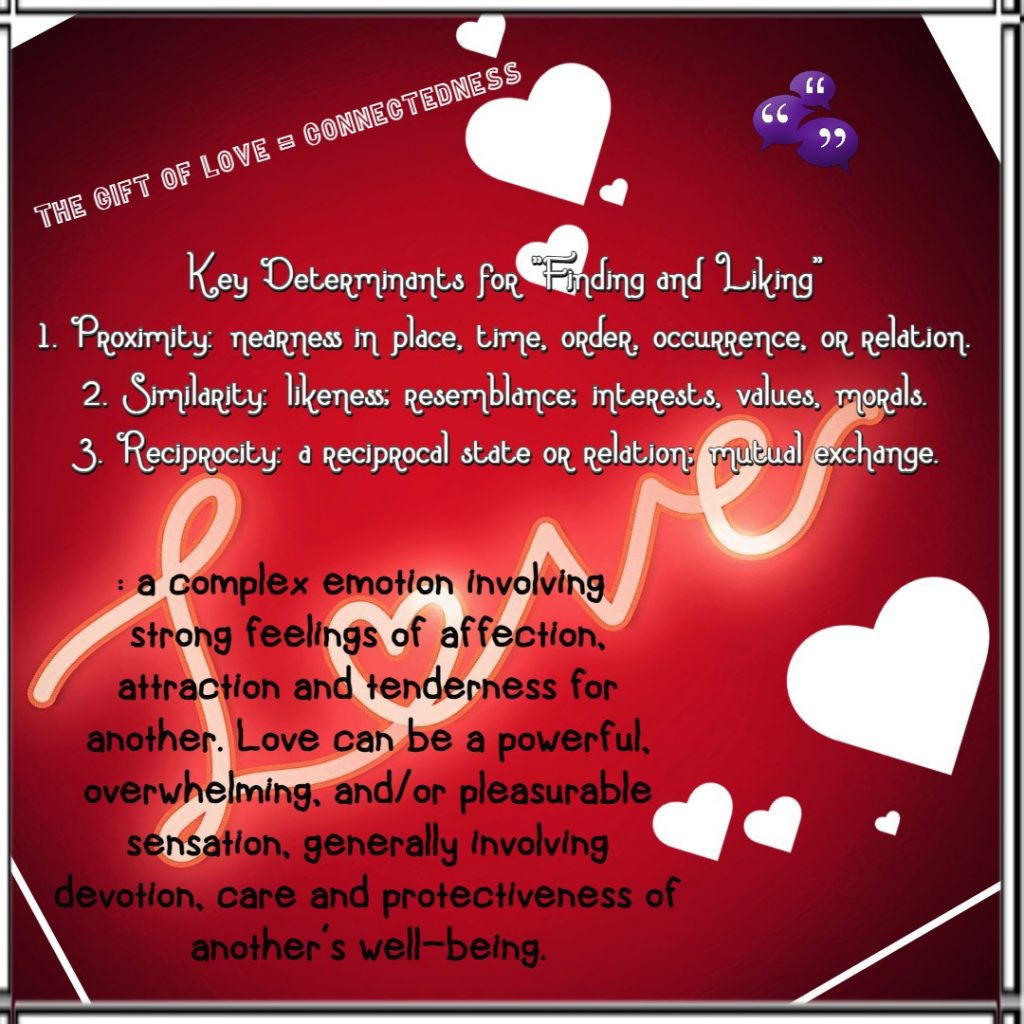Unhelpful Cognitions
Mental Filter: This thinking style involves a “filtering in” and “filtering out” process – a sort of “tunnel vision”, focusing on only one part of a situation and ignoring the rest. Usually this means looking at the negative parts of a situation and forgetting the positive parts, and the whole picture is coloured by what may be a single negative detail.
Jumping to Conclusions: We jump to conclusions when we assume that we know what someone else is thinking (mind reading) and when we make predictions about what is going to happen in the future (predictive thinking).
Mind reading: Is a habitual thinking pattern characterized by expecting others to know what you’re thinking without having to tell them or expecting to know what others are thinking without them telling you. This is very common, and most people can identify. Oftentimes, when we are telling someone a story about an interaction, we’ve had with someone else, we will make mind reading assumptions without actually having fact or evidence e.g., “They haven’t phoned me in two weeks so they must be angry with me for cancelling on them last week.”
Personalisation: This involves blaming yourself for everything that goes wrong or could go wrong, even when you may only be partly responsible or not responsible at all. You might be taking 100% responsibility for the occurrence of external events. It can also involve blaming someone else for something for which they have no responsibility. This can often occur when setting a boundary with someone and you take responsibility for their guilt or anger.
Catastrophising: Catastrophising occurs when we “blow things out of proportion” and we view the situation as terrible, awful, dreadful, and horrible, even though the reality is that the problem itself may be quite small.
Black & White Thinking: Also known as splitting, dichotomous thinking, and all-or-nothing thinking, involves seeing only one side or the other (the positives or the negatives, for example). You are either wrong or right, good or bad and so on. There are no in-betweens or shades of grey.
Should-ing and Must-ing: Sometimes by saying “I should…” or “I must…” you can put unreasonable demands or pressure on yourself and others. Although these statements are not always unhelpful (e.g., “I should not get drunk and drive home”), they can sometimes create unrealistic expectations.
Should-ing and must-ing can be a psychological distortion because it can “deny reality” e.g., I shouldn’t have had so much to drink last night. This is helpful in the sense that it communicates to us that we have exceeded our boundaries, however, saying “shouldn’t” about a past situation can be futile because it cannot be changed.
Overgeneralisation: When we overgeneralise, we take one instance in the past or present, and impose it on all current or future situations. If we say, “You always…” or “Everyone…”, or “I never…” then we are probably overgeneralising.
Labelling: We label ourselves and others when we make global statements based on behaviour in specific situations. We might use this label even though there are many more examples that are not consistent with that label. Labelling is a cognitive distortion whereby we take one characteristic of a person/group/situation and apply it to the whole person/group/situation. Example: “Because I failed a test, I am a failure” or “Because she is frequently late to work, she is irresponsible”.
Emotional Reasoning: This thinking style involves basing your view of situations or yourself on the way you are feeling. For example, the only evidence that something bad is going to happen is that you feel like something bad is going to happen. Emotions and feelings are real however they are not necessarily indicative of objective truth or fact.
Magnification and Minimisation: In this thinking style, you magnify the positive attributes of other people and minimise your own positive attributes. Also known as the binocular effect on thinking. Often it means that you enlarge (magnify) the positive attributes of other people and shrink (minimise) your own attributes, just like looking at the world through either end of the same pair of binoculars.
(CCI, 2008)


